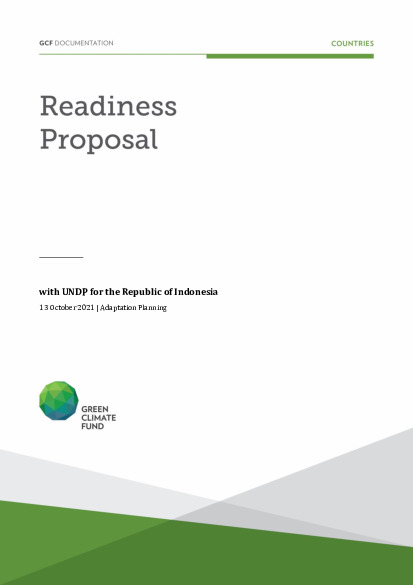Accelerating Climate Change Adaptation Investment Planning to Enhance Resilience in Indonesia

Accelerating Climate Change Adaptation Investment Planning to Enhance Resilience in Indonesia
The Republic of Indonesia is the world’s largest archipelagic state, consisting of more than 17,500 islands. The country has experienced many disasters during the past four decades, such as floods, droughts, storms, landslides, and forest fires. According to the Indonesian Disaster Data and Information Database (DIBI), the top four most dominant disasters in Indonesia are floods, windstorms, landslides, and droughts. These events will be further exacerbated by the impacts of climate change in Indonesia, including temperature increases of 0.8– 2.0°C and predicted increases in duration of heatwaves, dry spells, and rainfall during the wet season – all by 2050. In addition, increased frequency and intensity of heavy rainfall events is predicted, as is sea level rise of 150–450 mm by 2056 and the complete disappearance of the Papua glaciers.
The government of Indonesia has taken proactive steps to reduce the risks posed by climate change. The Nationally Determined Contribution (NDC) has identified both mitigation and adaptation priorities. Since 2020, the update of the NDC has been underway.
Indonesia has already started to integrate climate change adaptation (CCA) into development planning. The National Adaptation Plan process in Indonesia has its foundation in the National Action Plan for Climate Change Adaptation (RAN- API 2013 – 2025)iii. The fourth Medium Term Development Plan of Indonesia – the RPJMN (2020-2024) – is the primary vehicle through which adaptation priorities identified in the RAN-API are to be implemented.